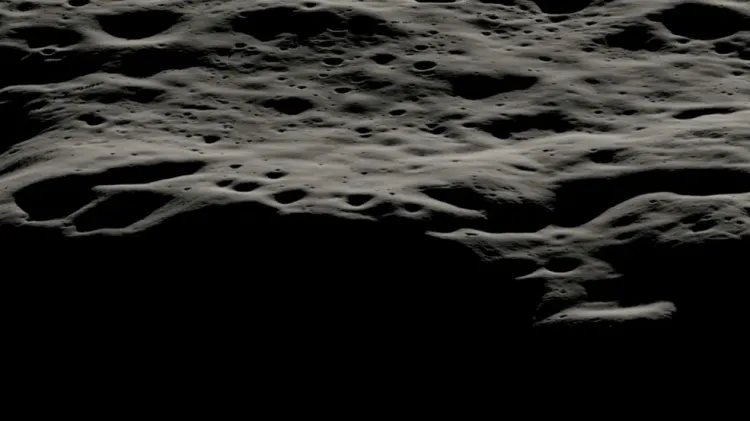Australian Researchers Uncover Earth's Oldest Impact Crater

Synopsis
Key Takeaways
- Discovery of the oldest meteorite impact crater on Earth.
- Located in the Pilbara region of Western Australia.
- Evidence of an impact from 3.5 billion years ago.
- Rewrites previous assumptions about Earth's ancient history.
- Impact craters may have fostered conditions for early life.
Sydney, March 6 (NationPress) Australian scientists have discovered the oldest known meteorite impact crater on our planet, a finding that could significantly alter the understanding of Earth's formation and the emergence of life.
This discovery fundamentally questions prior beliefs about Earth's ancient history, as stated by the study's co-lead author Tim Johnson from Curtin University on Thursday.
Researchers from Curtin University examined rock layers in the North Pole Dome area, located in the Pilbara region of Western Australia (WA), and uncovered evidence of a significant meteorite impact that took place 3.5 billion years ago.
"Prior to our discovery, the oldest impact crater was estimated to be 2.2 billion years old, making this the oldest known crater ever found on Earth," Johnson remarked.
The crater was identified through the existence of shatter cones, distinctive rock formations created under the immense pressure of a meteorite impact, as reported by the Xinhua news agency. These formations, located approximately 40 km west of Marble Bar in WA's Pilbara region, were formed when a meteorite struck at speeds exceeding 36,000 km per hour.
This event would have been catastrophic, leading to a crater over 100 km wide that dispersed debris around the planet, according to the research published in Nature Communications by a team from Curtin's School of Earth and Planetary Sciences and the Geological Survey of Western Australia.
Johnson noted that lunar observations suggest large impacts were frequent in the early solar system. However, the absence of ancient craters on Earth has caused geologists to largely underestimate their importance.
"This study represents a vital piece of the puzzle in Earth's impact history and indicates that there may be numerous other ancient craters waiting to be discovered over time," he stated.
Co-lead author Chris Kirkland from Curtin University mentioned that this discovery offers fresh insights into the significance of meteorite impacts in shaping Earth's early environment. He added that uncovering this impact, along with others from the same time period, could help elucidate the beginnings of life, as impact craters created environments conducive to microbial life, such as hot water pools.










